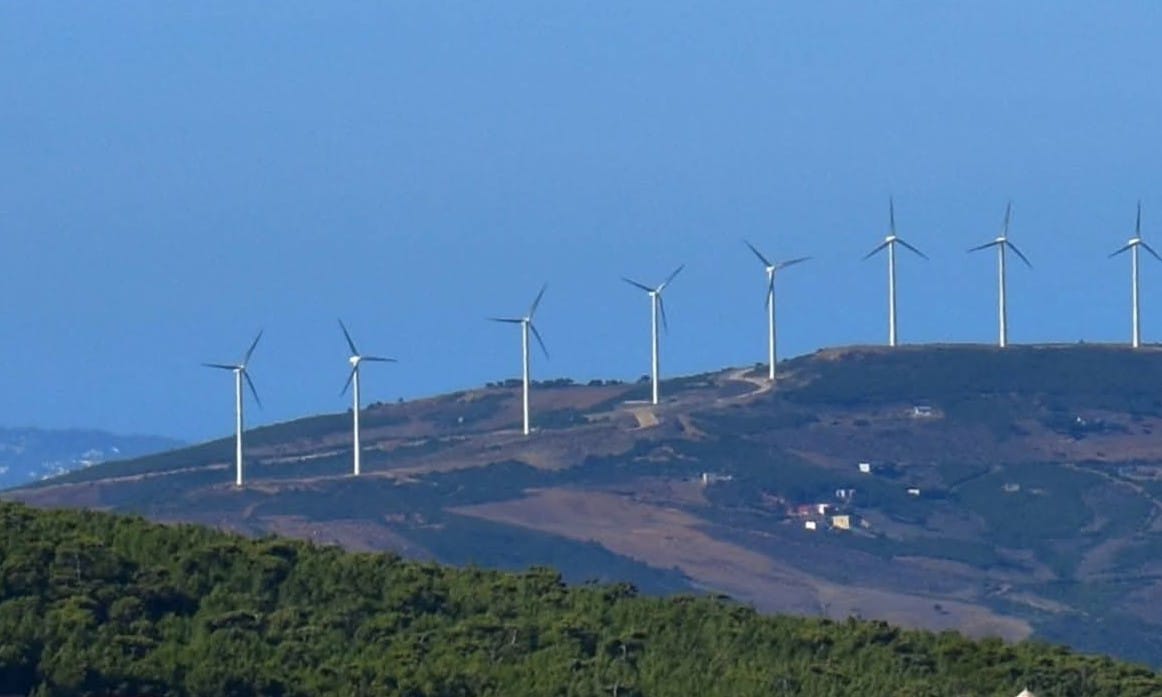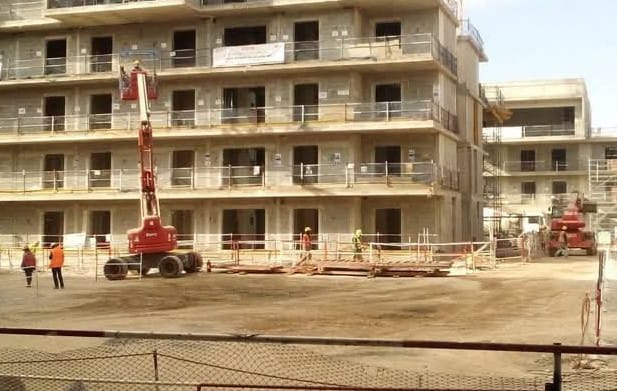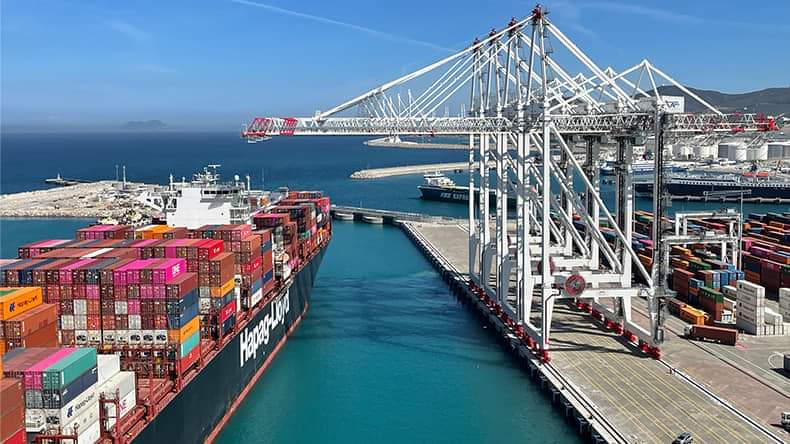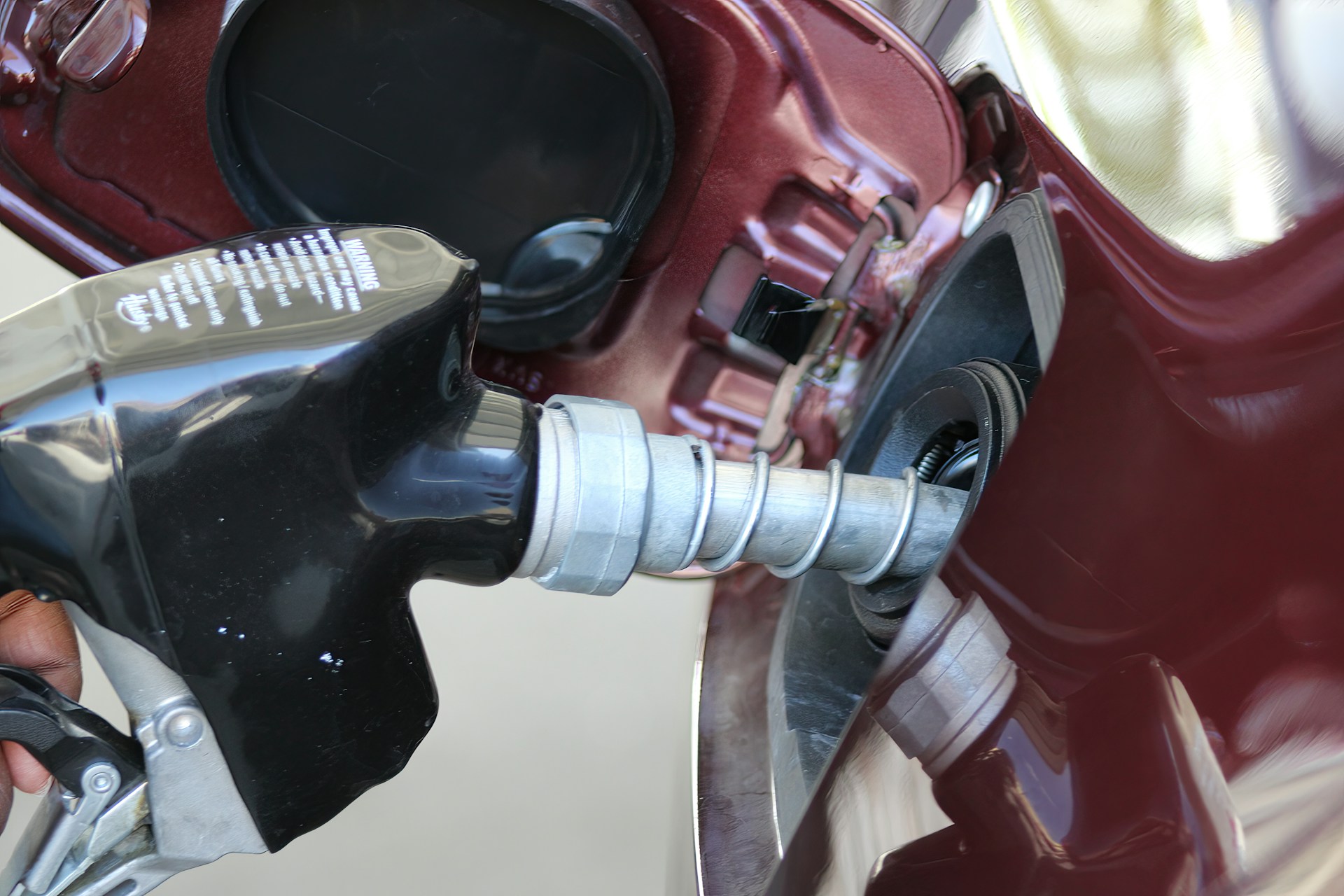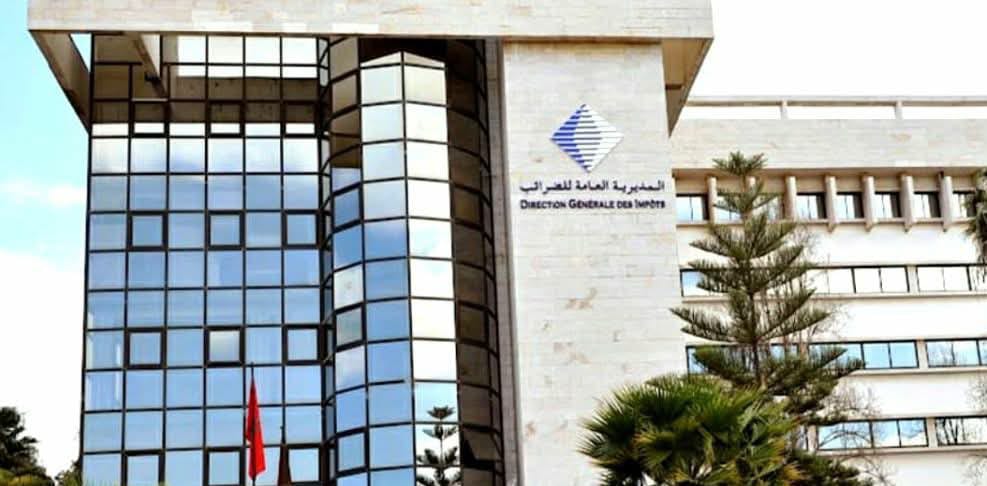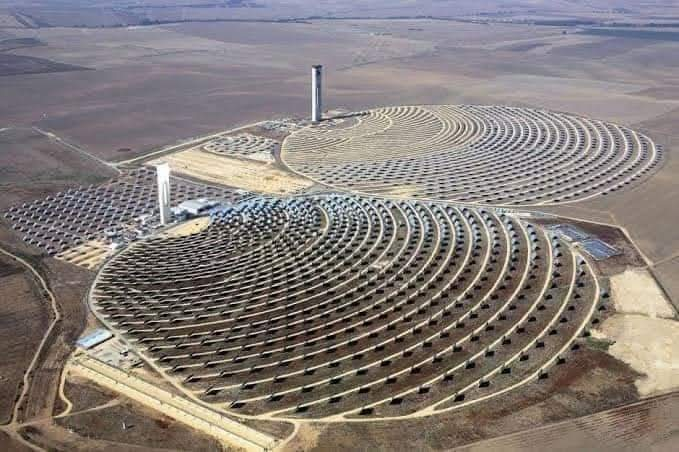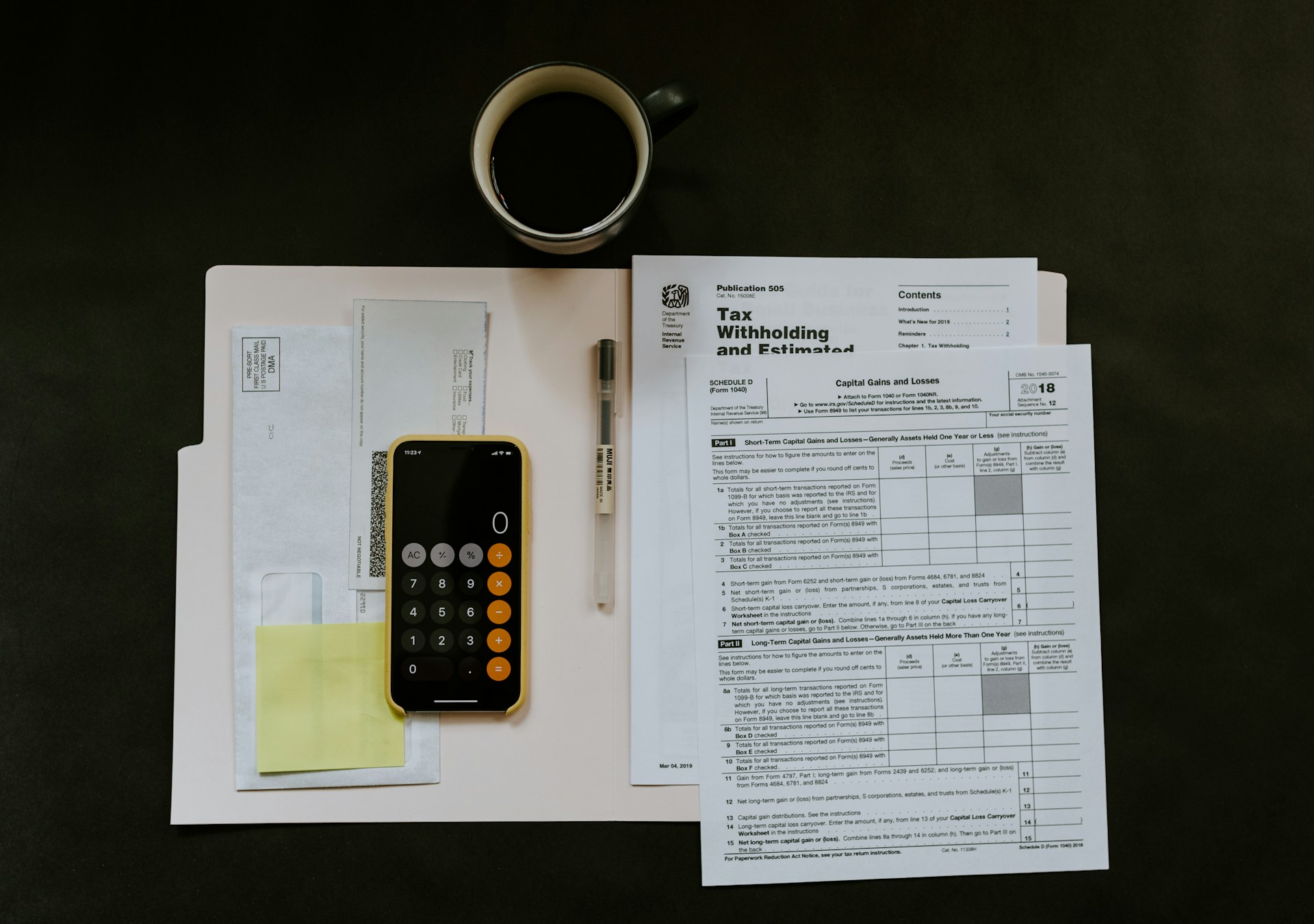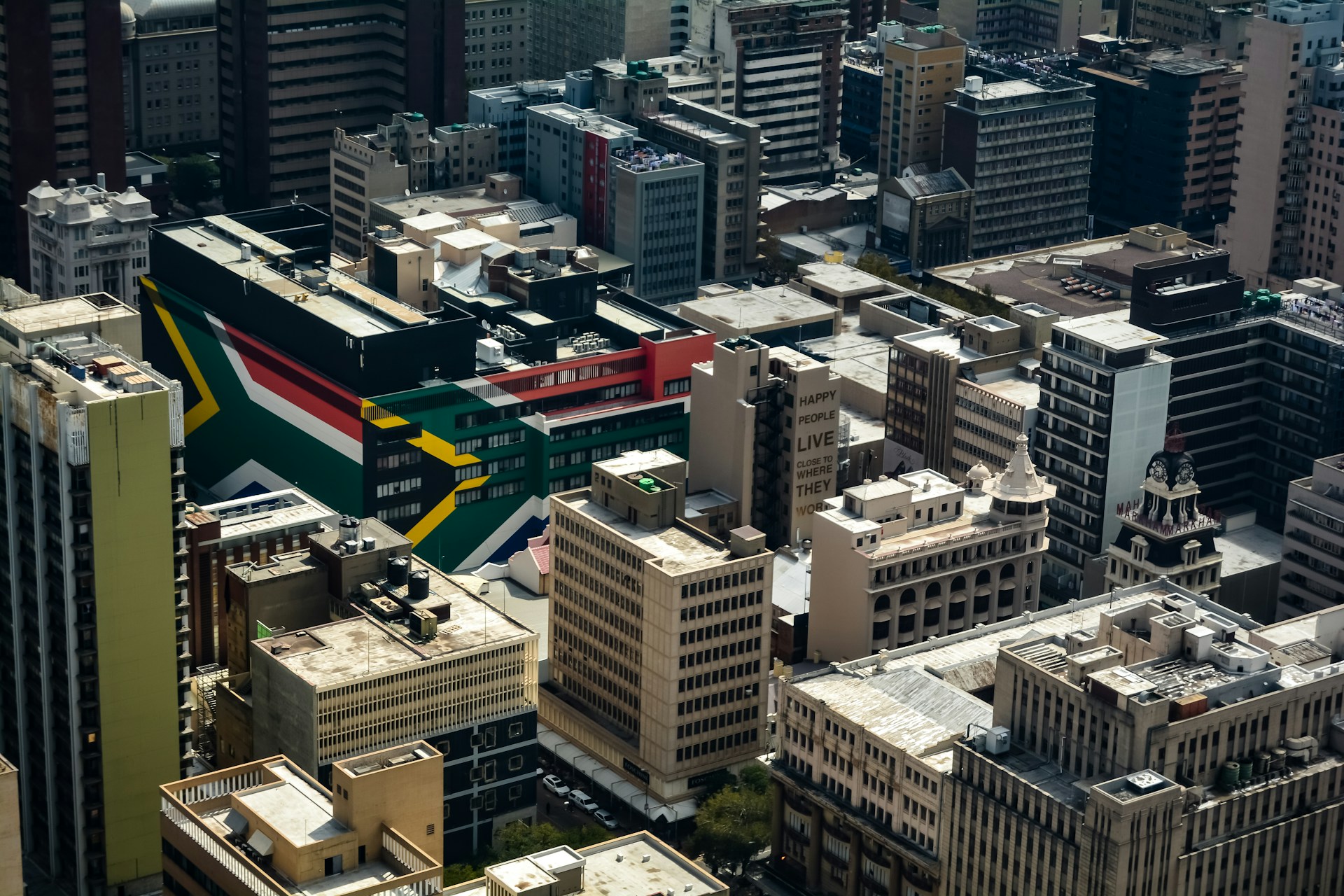Casablanca – Morocco’s banking sector is undergoing a notable shift as borrowing activity across businesses and households gains momentum. The latest Monetary Policy Report from the Central Bank reveals an upward trajectory in bank credit, signaling both opportunities and challenges for the Moroccan economy.
Credit for the non-financial sector is expected to grow from 3.8% in 2024 to 5.5% in 2026, driven by projections of improved economic performance and banking system forecasts.
Stable household borrowing with minor gains
Household loans remained largely stable, showing a modest growth of 1.1% during Q3 of 2024.
- Consumer loans saw a slight uptick, increasing from 0.6% to 1.2%.
- Housing and real estate loans stagnated at 1.3%.
- However, loans to individual entrepreneurs plummeted further, recording a 7.2% decline compared to 6.2% in the previous quarter.
Construction sector drives corporate borrowing
The construction and infrastructure sectors are emerging as key drivers of Morocco’s borrowing surge, supported by large-scale national projects. Lending to companies in construction and public works rose by a staggering 22.4%, while the extractive industries saw a 20.7% increase.
Other sectors experienced more modest growth:
- Trade and vehicle repair: +5.9%.
- Diverse manufacturing industries: +7.6%.
These figures reflect the strategic push for development projects tied to Morocco’s preparations for the 2025 Africa Cup of Nations and the 2030 FIFA World Cup.
Public enterprises lead the charge
Borrowing by public enterprises surged, growing from 5.5% to 14.9%, primarily due to a dramatic rise in treasury credit facilities from 35.2% to 57%. However, equipment loans for public enterprises showed a slight decline.
Non-Performing Loans (NPLs) a growing concern
Despite the optimistic trends, non-performing loans (NPLs) continue to rise, casting a shadow over the banking sector.
- NPLs grew by 3.4% quarter-on-quarter, reaching 8.6% of all active bank loans.
- Household NPLs increased by 6.9%, while corporate NPLs rose by 1%, representing 10.7% and 12.6% of total loans, respectively.
Analysis
The surge in borrowing for construction and infrastructure underscores Morocco’s commitment to ambitious development projects, particularly as the nation prepares for major international events. However, the growing burden of non-performing loans signals underlying financial vulnerabilities.
As borrowing activity gains pace, the Central Bank will face the challenge of balancing growth ambitions with financial stability.
Key figures at a glance
| Metric | Value |
| Projected Credit Growth | 5.5% by 2026 |
| Household Loan Growth | 1.1% |
| Construction Lending Rise | 22.4% |
| Non-Performing Loans (NPLs) | 8.6% of total loans |
Morocco’s evolving credit landscape highlights both the opportunities of economic growth and the challenges of maintaining fiscal health. Only time will tell if these trends pave the way for sustained progress or signal potential risks ahead.





